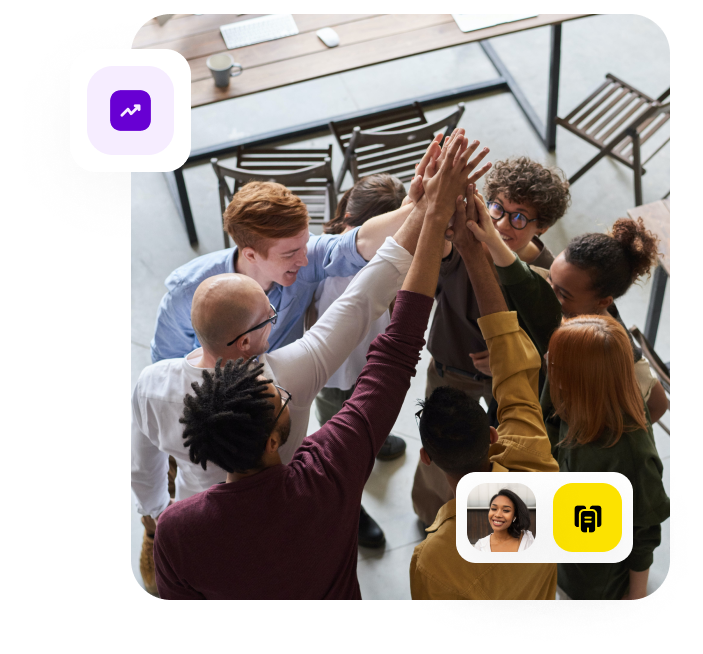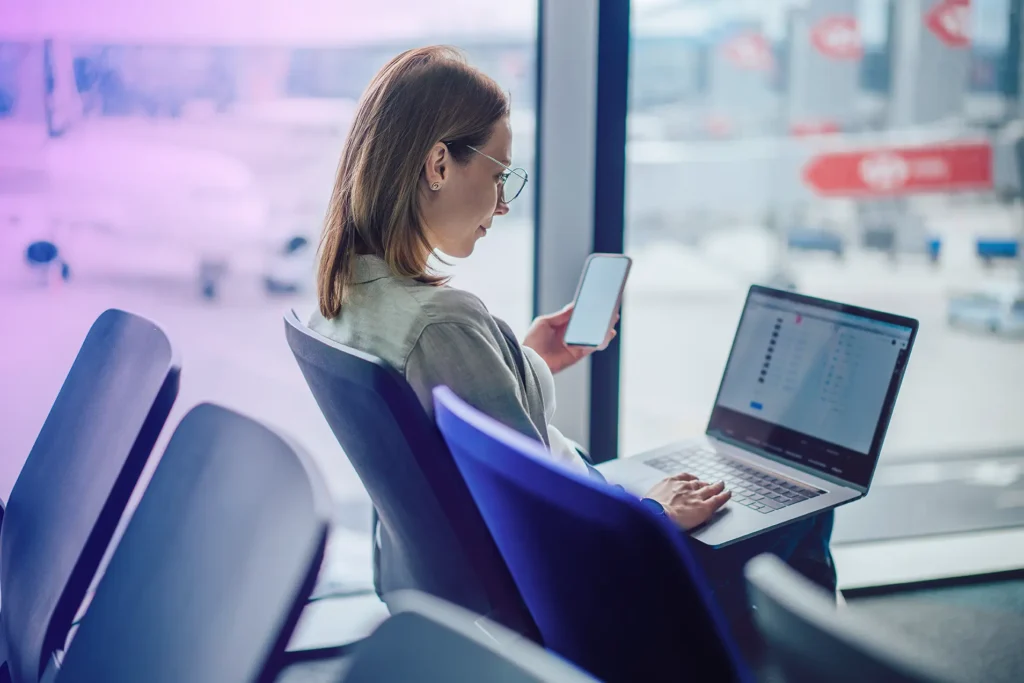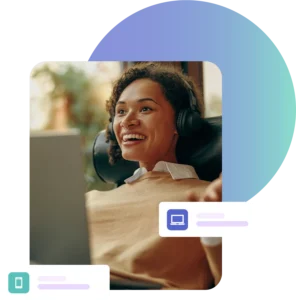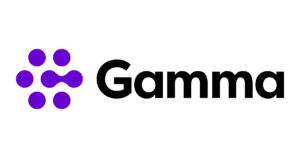- Product Portfolio Explore >
-
Business Solutions
Explore >
Up to top (this text gets replaced by JS) Up a level (this text gets replaced by JS)
- Solutions By Need Solutions By Need Explore >
- Solutions By Business Sector Solutions By Business Sector Explore >
- Solutions By Topic Solutions By Topic Explore >
- Partner Solutions Explore >
- Company Explore >
-
Resources
Explore >
Up to top (this text gets replaced by JS) Up a level (this text gets replaced by JS)
- Insight Insight Explore >
- Customer Success Customer Success Explore >
- News News Explore >
- Events Events Explore >
- Support & Portals Support & Portals Explore >
This website uses cookies so that we can provide you with the best user experience possible. Cookie information is stored in your browser and performs functions such as recognising you when you return to our website and helping our team to understand which sections of the website you find most interesting and useful.









